Apple has unveiled its 14-inch MacBook Pro, the long-rumored notebook adding a new size and mini LED to the MacBook Pro lineup.
Launched as part of the "Unleashed" Apple event on Monday, the 14-inch MacBook Pro is intended as a mid-tier alternative slotting between the 13-inch MacBook Pro and the 16-inch MacBook Pro. As part of the change, a major factor is its display, which Apple has switched from 13.3 inches to a 14-inch variant.
That Liquid Retina Pro XDR display is also significant for its backlighting, as Apple is using mini LED instead of LED. By dividing the backlight into thousands of localized dimming zones, the mini LED display offers considerably improved contrast ratio at 1,000,000:1, better color representation, and brightness over older models, as high as 1,000 nits sustained and 1,600 nits at peak.
For the 14-inch model, the screen has a 14.2-inch usable area, with a resolution of 3,024 by 1,964. It also includes support for refresh rates as high as 120Hz, while its bezels are a mere 3.5mm on the top and sides.
That minimal bezel means the display has the infamous notch from the iPhone in the middle of the top area. The notch includes a 1080p FaceTime HD camera with an advanced image signal processor, with computational video support.
Driving the new MacBook Pro size is an Apple Silicon chip, continuing Apple's transition away from Intel processors. It can be configured with either the M1 Pro or the M1 Max, while memory can be configured from 16GB to up to 64GB.
The change in processor also improves the video-output capability of the MacBook Pro from the M1 edition, with it able to drive two external 6K displays on the M1 Pro, or up to three external 6K displays and an extra 4K display on the M1 Max.
Storage starts from 512GB, rising up to 8TB at the highest capacity.
The Touch Bar from earlier MacBook Pro models has disappeared, in favor of full-size function keys. Touch ID is still available, in the top-right of the keyboard.
On the sides are ports that are making a return to the device. This includes an SD card reader slot, as well as HDMI for video out on the left-hand side alongside one Thunderbolt 4 port, while the other side has two Thunderbolt 4 ports, a headphone jack, and MagSafe 3, which enables fast charging in the Mac for the first time.
For wireless connectivity, there is support for Wi-Fi 6, as well as Bluetooth 5.0. Audio is provided by a six-speaker system with force-canceling woofers, with support for spatial audio on the speakers themselves.
A studio-quality three-mic array with beamforming is included. Meanwhile, the headphone jack includes advanced support for high-impedance headphones.
The 14-inch MacBook Pro starts from $1,999 with an 8-core M1 Pro with 14-core GPU, 16GB of memory, and 512GB of SSD storage.
If you push the configurator to the other end of the scale, you can set up a 10-core M1 Max with the 32-core GPU, 64GB of memory, and 8TB of storage. Adding these options brings the maximum cost for the model up to $5,899, excluding pre-installed software options.
Preorders for the 14-inch MacBook Pro are now open, with orders expected to arrive with customers from October 26.
 Malcolm Owen
Malcolm Owen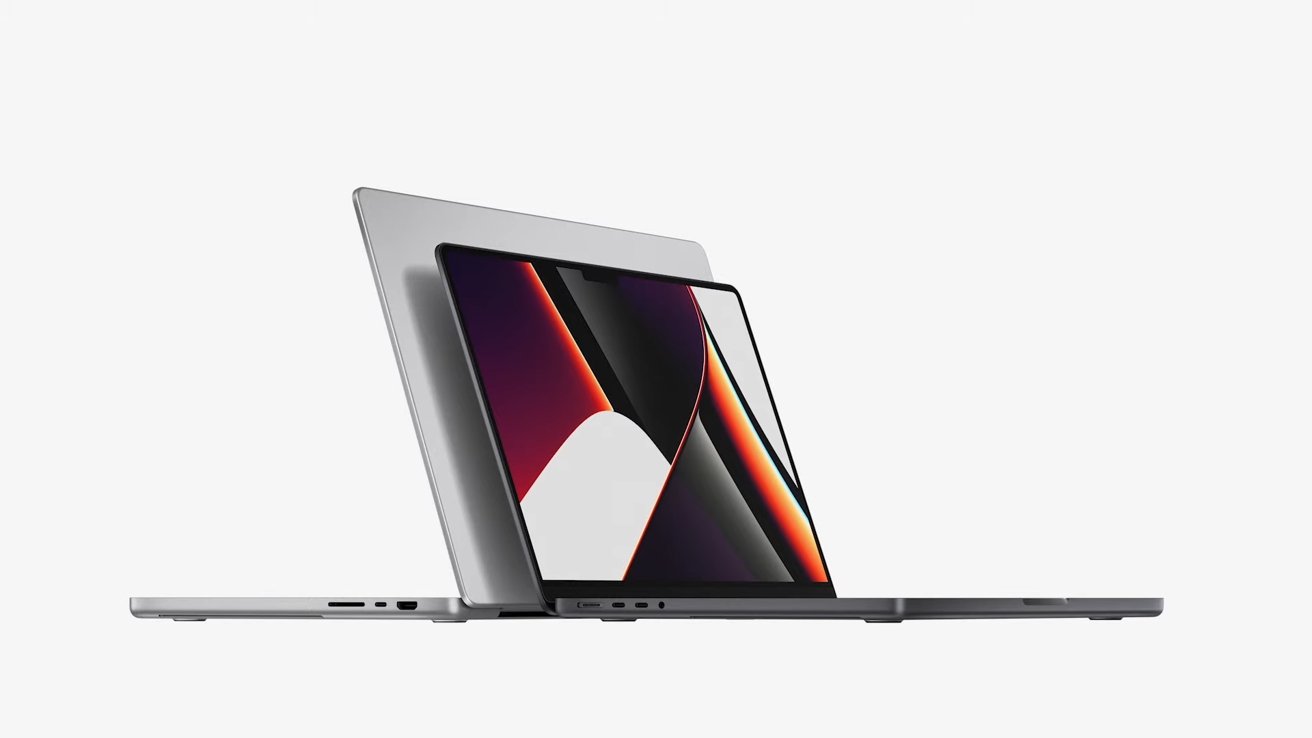
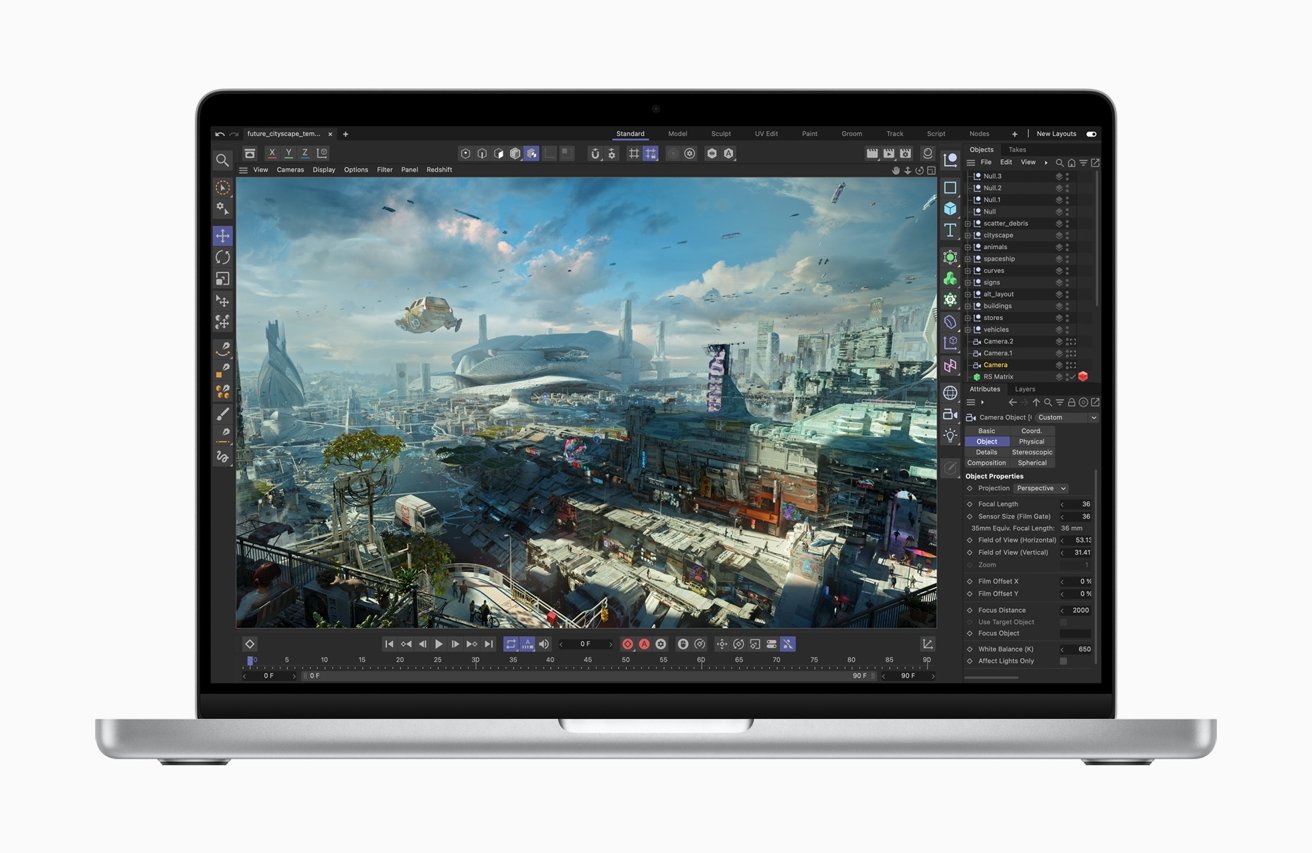
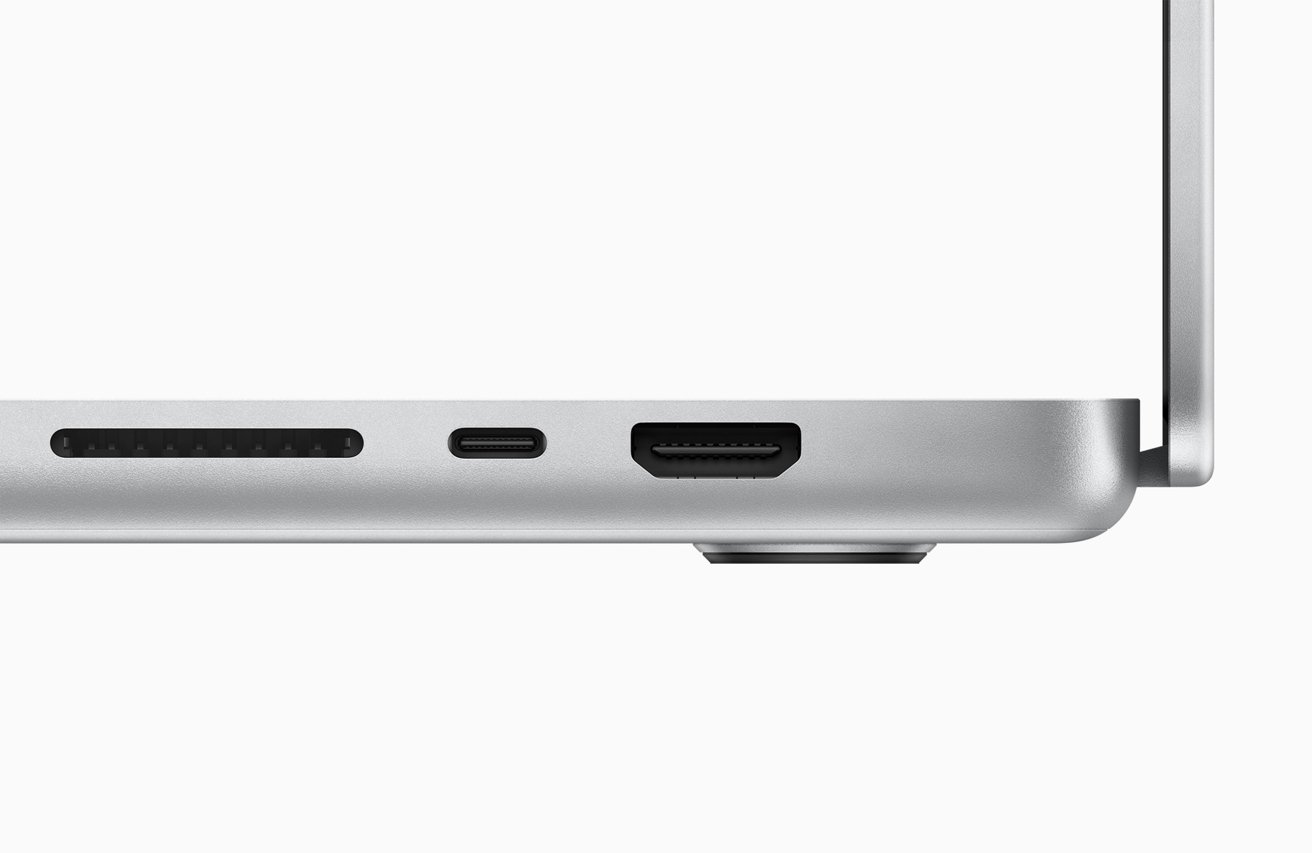







-m.jpg)






 Marko Zivkovic
Marko Zivkovic



 Amber Neely
Amber Neely

 Wesley Hilliard
Wesley Hilliard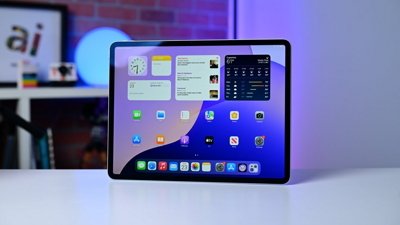
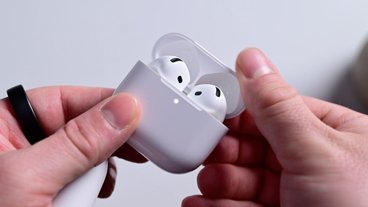








25 Comments
Lots of cool stuff. Not sure about the notch and no Face ID to boot. Why add this. With full screen and no menu bar which can be done this will be very visible.
Most of the time the notch will set in the menu bar and be no problem, especially with Dark Mode and a black menu bar. Watching a video, which will usually be letterboxed it also will disappear. In a few cases it could be annoying, but for most it will be like the notch on our iPhones, Much Ado About Nothing.
Not that the chattering class on the Web won’t have a stroke over this “failure” “disaster” “idiocy” and call for Cook’s head on a platter.
Overall the Macs are very impressive.
I have to say though, when they started with the Voice Plan, Home Pod, and the Air Pods 3, I was getting worried. Three items that are just not of any interest to me didn’t bode well for the rest of the presentation. But I guess they were just warm up acts.
Everything I hoped for and more!
This is just amazing.... I was expecting the notch and MagSafe but the other features are beyond my expectations
I don’t want to be overly dramatic about the notch, but even with it in the menu bar, I still think it will be distracting.